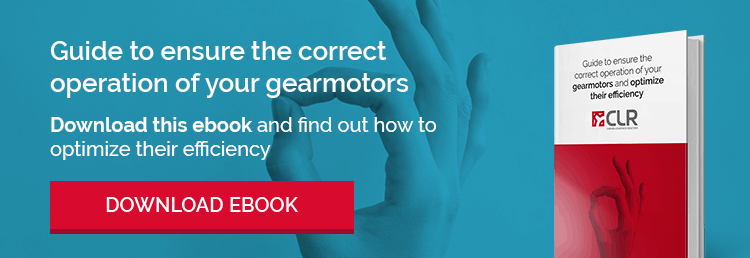Purchase, supplier evaluation and quality management professionals, daily face the challenge of finding suppliers who guarantee levels of quality and service that are not detrimental to their productive processes, costs or company competitiveness.
To that end, the ISO 9001 standard serves as a reference in the management of suppliers and processes. This standard provides the key elements for the selection and tracking of suppliers, as well as the necessary documentation to write a quality manual.
Quality management, a challenge for today’s industrial companies
In an environment that is increasingly globalised and dynamic, assuring the quality of industrial processes and suppliers who intervene in the supply chain is a true challenge. The following challenges emerge in this regard:
- Often times, the distance between the centres deciding the purchase and the suppliers is a significant limitation.
- In this regard, cultural or language differences may affect communication.
- Supplier risk management gains importance among buyers.
- An updated knowledge of all local guidelines or regulations, as well as those of the various industrial sectors around the world.
- Just-in-time production or increasingly shorter delivery times, without this being detrimental to the quality standards set forth.
- Supplier management and internal quality processes for each supplier themselves.
Keys during the purchasing process: seeking the ideal supplier
For starters, the requirements related to the purchasing process are already specified in section 7.4 Purchases of the international ISO 9001:2008 standard. Here, we can highlight the following items:
1. Supplier selection
All companies have a list of suppliers which are capable of fulfilling the purchase requirements for the company. Openly disclosing this information reassures any prospective customer. In this regard, the company decides to establish criteria which include parameters or characteristics that suppliers should comply with in order to be added to the list. A wide range of possibilities opens up at this point:
- Demand reference certifications.
- Define the supplier as an official supplier.
- Keep supplier logs.
- Consider that the supplier fulfils the requirements of our quality or supplier management manual.
- Financial or cost issues.
- Quality and technological offering.
2. Order request
In regards to service, equipment or component requests, it is paramount to define a methodology or levels of responsibility in order to present the purchase requirements to each supplier. Orders include: identifying details for the products requested, exact quantity of units, dates or periods, pricing and any other additional note that may be necessary, such as delivery instructions or special conditions.
3. Order reception
Before implementing the purchases in the industrialisation or manufacturing processes, it is paramount to make a comprehensive review of the order, documenting this analysis and singling out possible errors based on the packing slip’s information.
4. Evaluation and re-evaluation of suppliers
A key task in line with the corporate goal of maintaining competitiveness and betting on suppliers who add value to the process. Only through a periodic evaluation of results is it that the overall management of suppliers can be optimised. To this end, we use the order reception log mentioned on the previous item, and any documented incident.
Towards the new ISO 9001:2015 standard
This standard expands and complements the 2008 version. Launched in September 23rd, 2015, the ISO 9001:2015 standards has a number of changes, especially in regards to risk management in QMS Quality Management Systems.
There is a period of 3 years for its implementation in organisations.
To sum up, this revision expands on the following areas of quality control:
- Scope
- Normative references
- Terms and definitions
- Context of the organisation and its quality management system
- Leadership: policy and roles or responsibilities
- Planning: actions to address risks and opportunities, as well as quality objectives
- Support: resources and competence
- Operations: operational and process control
- Performance evaluation or internal auditing
- Continuous improvement process. One of the key processes in the 21st-century industry
CLR: Experience and quality at the service of all companies
CLR is deeply committed to the safety and quality of its productive processes and its supplier management. The company has recently passed the Bureau Veritas audit.
CLR has also been awarded the Sello Pyme Innovadora (Innovative SME Seal) of the General Directorate of Innovation and Competitiveness of the Spanish Ministry of Economy and Competitiveness.
On the other hand, the company has a Quality Department and a Testing and Service Life Laboratory. They both perform the necessary testing and monitoring on the gear motors and mechanical components manufactured in our facilities.
This guarantees that all products we offer our customers satisfy each of their needs with the best guarantees and reliability.











